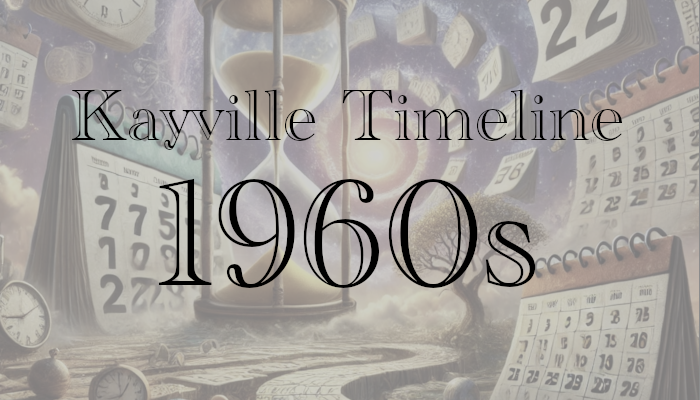The 1960s were a dynamic decade for Saskatchewan, characterized by continued social innovation, economic diversification, and cultural shifts. This period saw the expansion and maturation of political policies introduced in the 1950s, alongside new challenges.
Under the leadership of the Co-operative Commonwealth Federation (CCF) and its successor, the New Democratic Party (NDP), Saskatchewan continued to innovate in social welfare. The most notable achievement was the introduction of Medicare in 1962, a universal public health care program initiated by Premier Tommy Douglas. Despite fierce opposition from the medical community and a 23-day doctors’ strike, the program eventually became a model for the rest of Canada.
Economically, the 1960s brought diversification beyond agriculture. The discovery and development of potash and uranium deposits transformed Saskatchewan into a major global supplier of these resources. This shift helped stabilize the province’s economy against fluctuations in agricultural markets and provided new employment opportunities.
Education also received a boost during this decade, with the expansion of post-secondary institutions and the establishment of new campuses, including the University of Regina as an independent institution separate from the University of Saskatchewan. These developments were part of a broader trend of modernization and growth in the cultural sectors, enhancing Saskatchewan’s intellectual and cultural life.
The 1960s also marked a period of growing awareness and activism among Indigenous communities in Saskatchewan. The federal government’s controversial 1969 White Paper, which proposed to eliminate Indian status, met strong opposition and spurred a greater political mobilization among Indigenous groups, leading to significant shifts in the landscape of Indigenous rights in Canada.
Kayville Timeline (1960 – 1969)
1960
- Joe Ursu opened an Imperial Oil bulk station which operated for ten years.1
- Elie Juravle took over the mechanic’s garage with an Imperial Oil gas station first opened by George Ursu Jr. around 1946. Elie ran the business for two more years.1
1961
- (aft 1960) Lorenz “Larry” Ritco opens a store in the building on the southeast corner of the main intersection1
1962
- Elie Juravle sold his mechanic’s garage with an Imperial Oil gas station which he operated for the previous two years to John Scrimbit. John ran the business for another eight years, eventually opening only on a part-time basis before closing in 1970.1
1963
1964
1965
- The Hope Lutheran Church holds its last service since being built around 1924-1926.2




